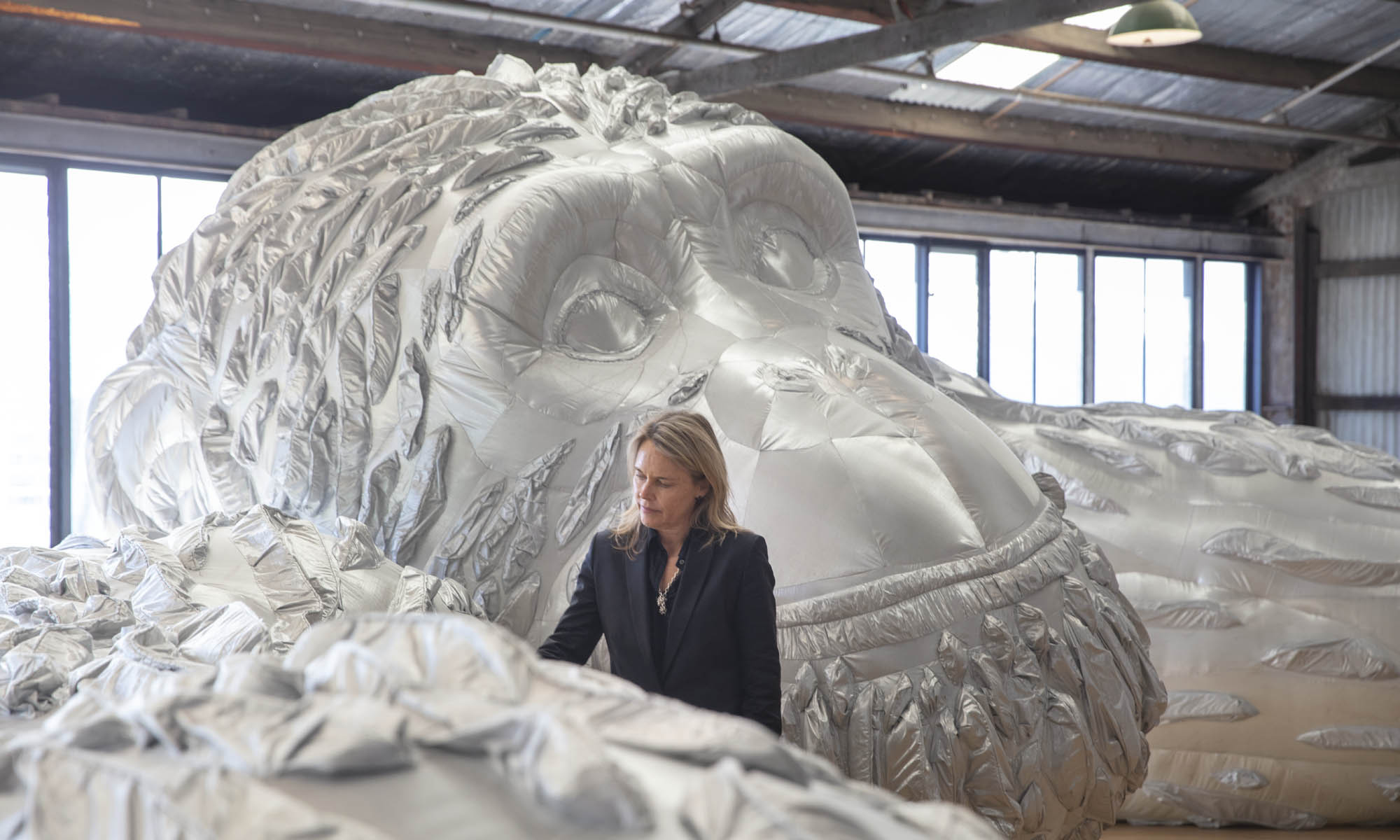Australia’s visual and craft arts sector likened to the gig economy in new report
A new study into the incomes and career lifecycles of Australia’s visual arts and craft workers has revealed conditions are deteriorating.
“Not all heroes wear capes. They wear seatbelts.”
Young Australians aged 18-25 are the most likely to have travelled as a driver or passenger without wearing a seatbelt, and young animators such as RMIT Bachelor of Design (Animation and Interactive Media) student Olivia Hartanto are looking to change this.
Exploring accessibility and allyship through art
A 4.2-meter-long textured fabric artwork with accompanying vinyl decal has been installed at the City campus as an expression of accessibility, belonging and allyship through the lens of students who are d/Deaf, Disabled, and living with disability.





